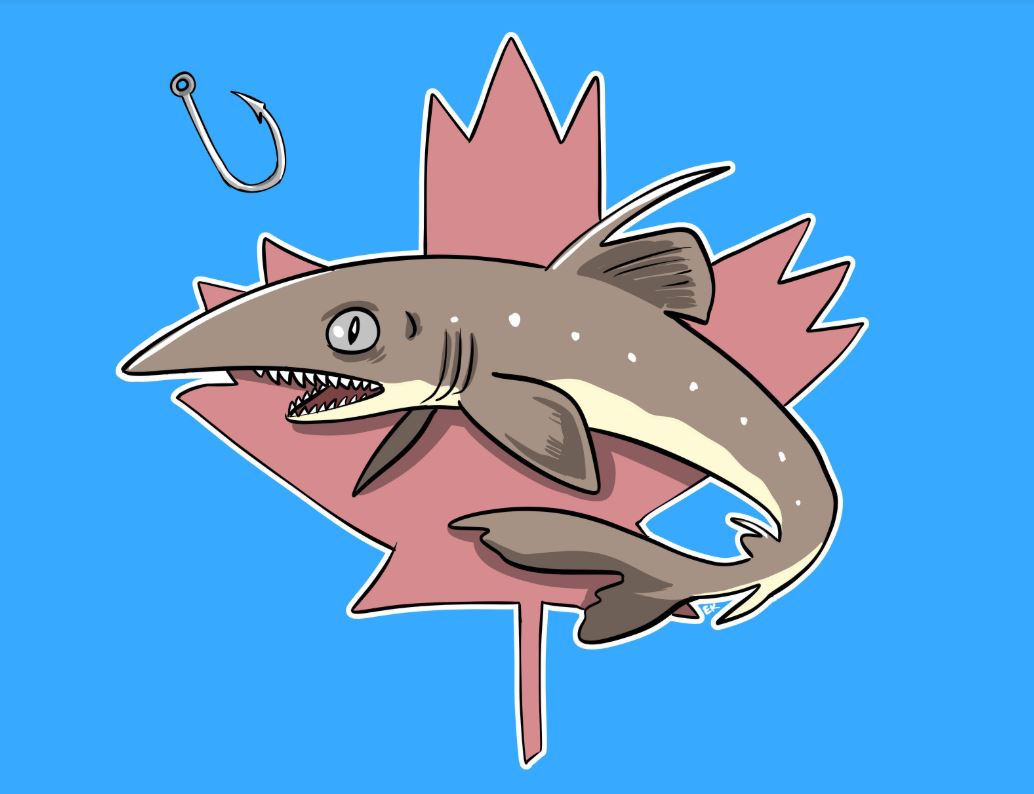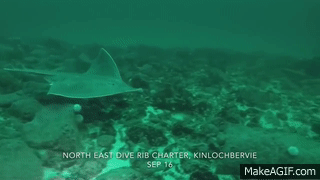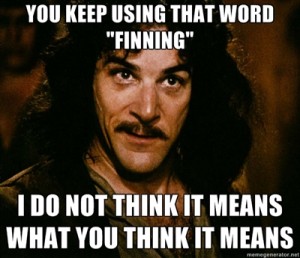My Postdoctoral research has focused on understanding the causes and consequences of public misunderstanding about shark fisheries management. While scientists overwhelmingly support sustainable fisheries management as a solution to shark overfishing, many concerned citizens and conservation activists prefer total bans on all shark fishing and trade. Some go so far as to (wrongly) claim that sustainable shark fisheries cannot exist even in theory and do not exist in practice anywhere in the world, and that bans are the only possible solution.
There’s an important piece of data that very rarely makes it into these discussions. Amidst the ongoing discussions about whether or not sustainable shark fisheries are even possible, one right in my backyard became the first shark fishery anywhere in the world to be certified as sustainable by the Marine Stewardship Council.

However, a few years after BC’s spiny dogfish fishery got certified, the certification was quietly withdrawn. I couldn’t find any information in the MSC reports, or in associated scientific literature or government reports, that explained what happened to this fishery, which was thriving until recently. No scientists, managers, or conservation advocates who I asked about this knew exactly what happened to BC’s spiny dogfish fishery.




